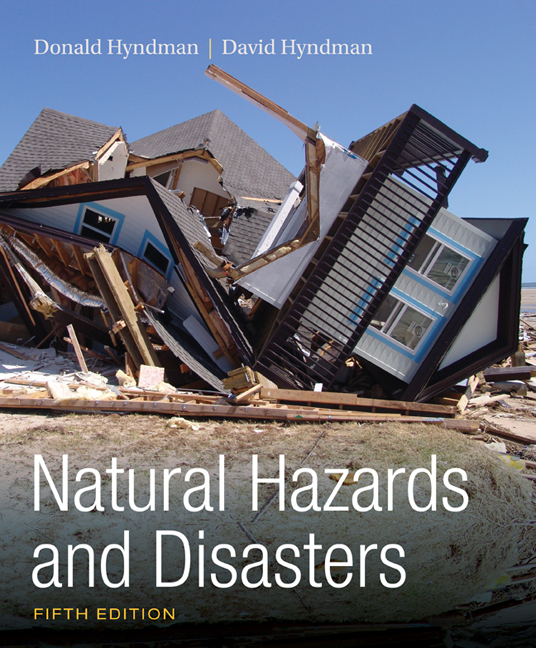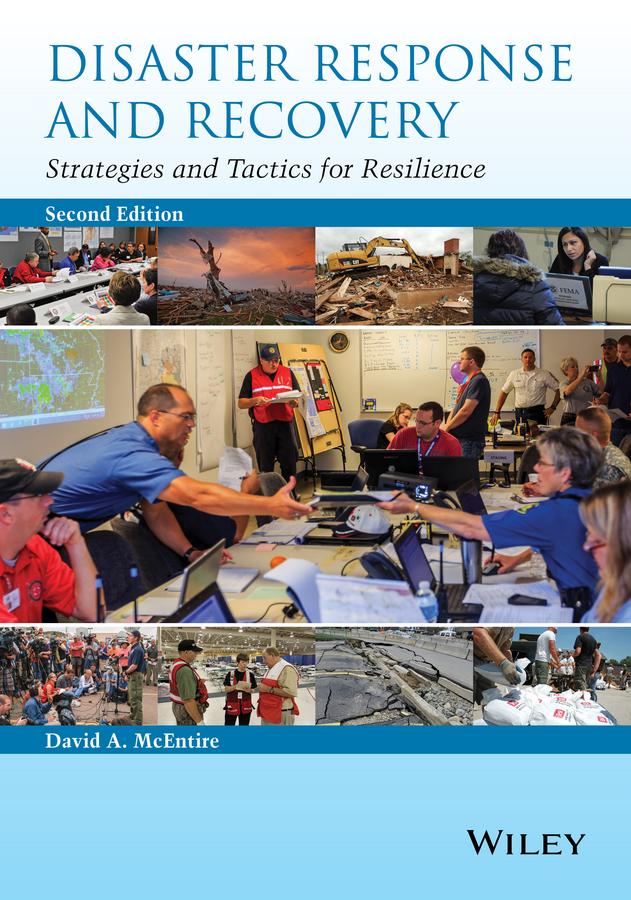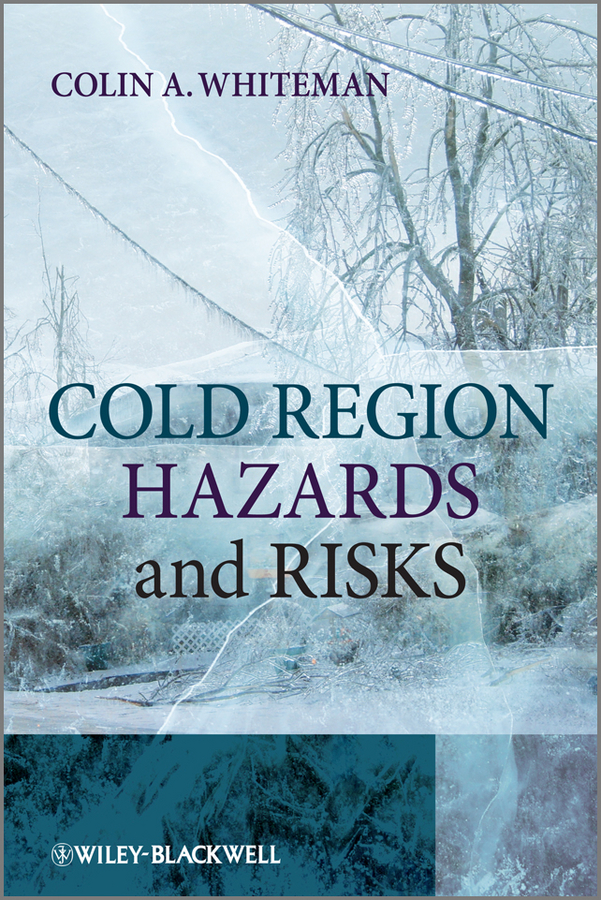CLCX4
LanguageENG
PublishYear2011
publishCompany
CRC Press
EISBN
9781439804117
PISBN
9781439804100
edition
4
- Product Details
- Contents
After fifteen years and three editions, Introduction to Environmental Toxicology: Molecular Substructures to Ecological Landscapes has become a standard that defines the field of environmental toxicology, and the fourth edition is no exception. The authors take an integrated approach to environmental toxicology that emphasizes scale and context as important factors in understanding effects and management options.
New in the Fourth Edition:
New author, Dr. Ruth M. Sofield
8-page color insert
New chapter on fate and transport of contaminants
Emphasis on the use of all types of models in understanding how nature works
Revised sections on synergy and atrazine toxicity
Updated coverage of the analysis of impacts to populations, communities and ecosystems
Enlarged risk assessment chapter with an in-depth description of a regional scale risk assessment
This edition benefits from the insight of a new author, Dr. Ruth M. Sofield, who prepared the new chapter on the fate and transport of contaminants. The relationship between structure and toxicological properties has been a major theme of this book since its inception and this new chapter expands this fundamental concept to include fate and transport. In the early chapters the use of models in science is discussed and this theme carries throughout the rest of the book.
So much has changed in the fifteen years since the publication of the first edition. The mid-1990s seem so long ago, when our understanding of environmental toxicology was very basic. Ecological risk assessment was in its very early stages and the consideration of the effects of toxicants on landscapes was only beginning. Computation was still hard, genes stayed put, and it was only becoming recognized that xenobiotics could have hormonal effects — developments that are taken for granted in this edition. Written by au
Collected by
- UCLA
- Stanford University
- National Library of China
- University of Chicago
- MIT
- UCB











